Jean Dewasne


Selected Works

Jean Dewasne
Âge de vivre, vers 1960
Laque glycérophtalique
97 x 130 cm
Estampillé au dos
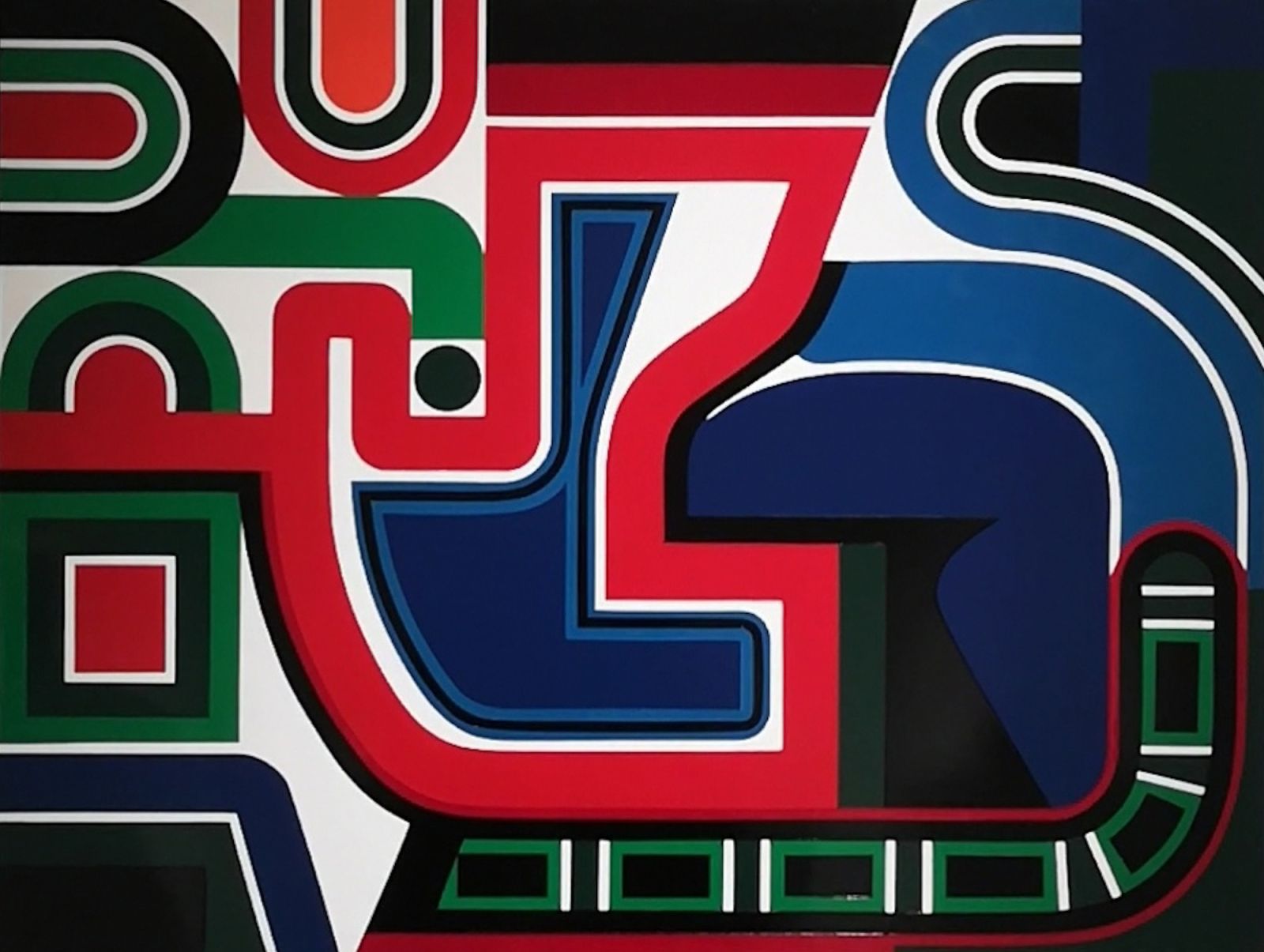
Jean Dewasne
Coeur libre, circa 1970
Glycerophthalic lacquer on pannel
50 x 65 cm
Signed at the back

Jean Dewasne
Homéostasie, circa 1970
Laque glycérophtalique sur panneau
50 x 65 cm
Inclinée et signée
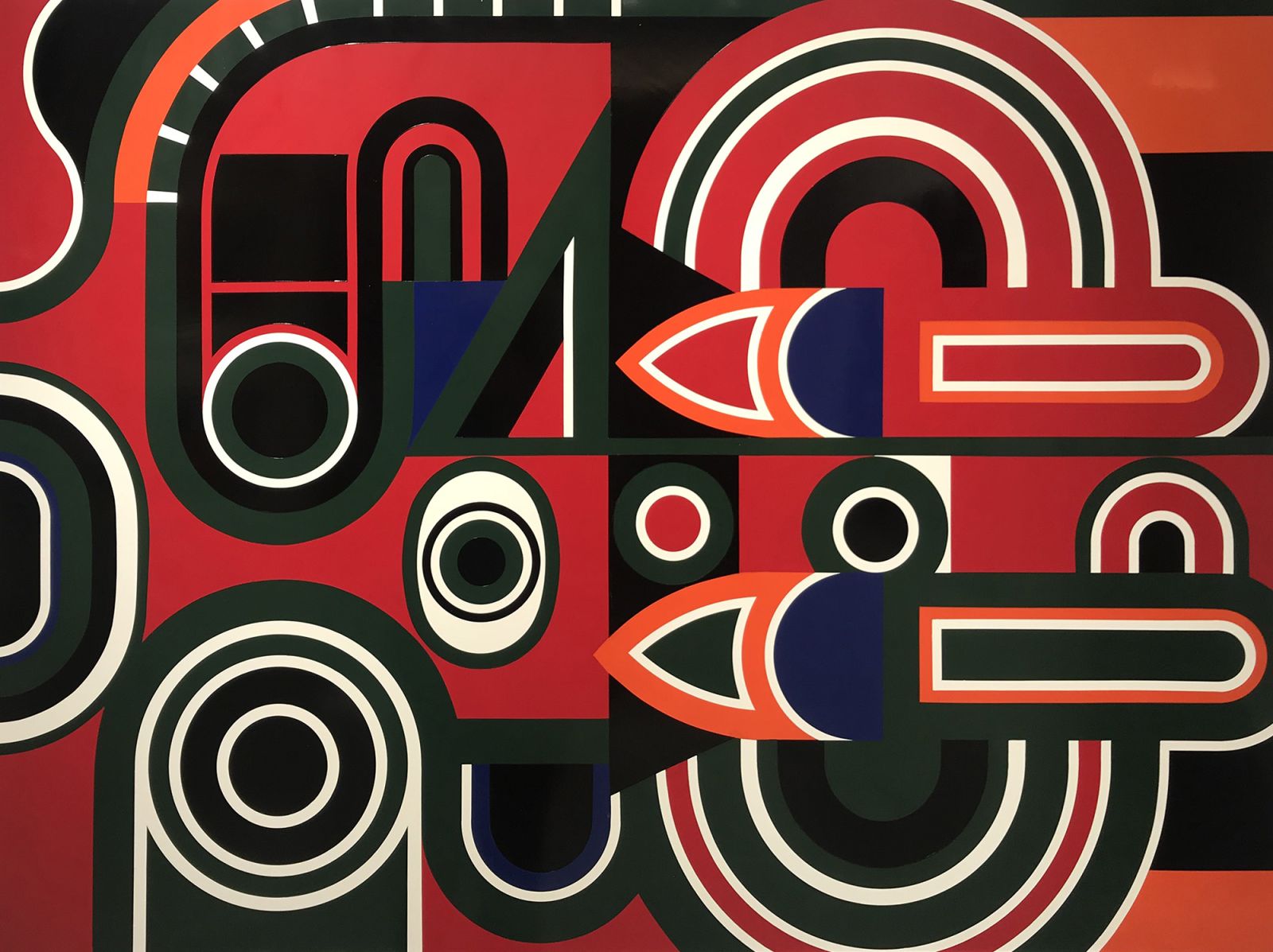
Jean Dewasne
Île Bulle, 1975
Laque glycérophtalique
97 x 130 cm
Daté et signé au dos
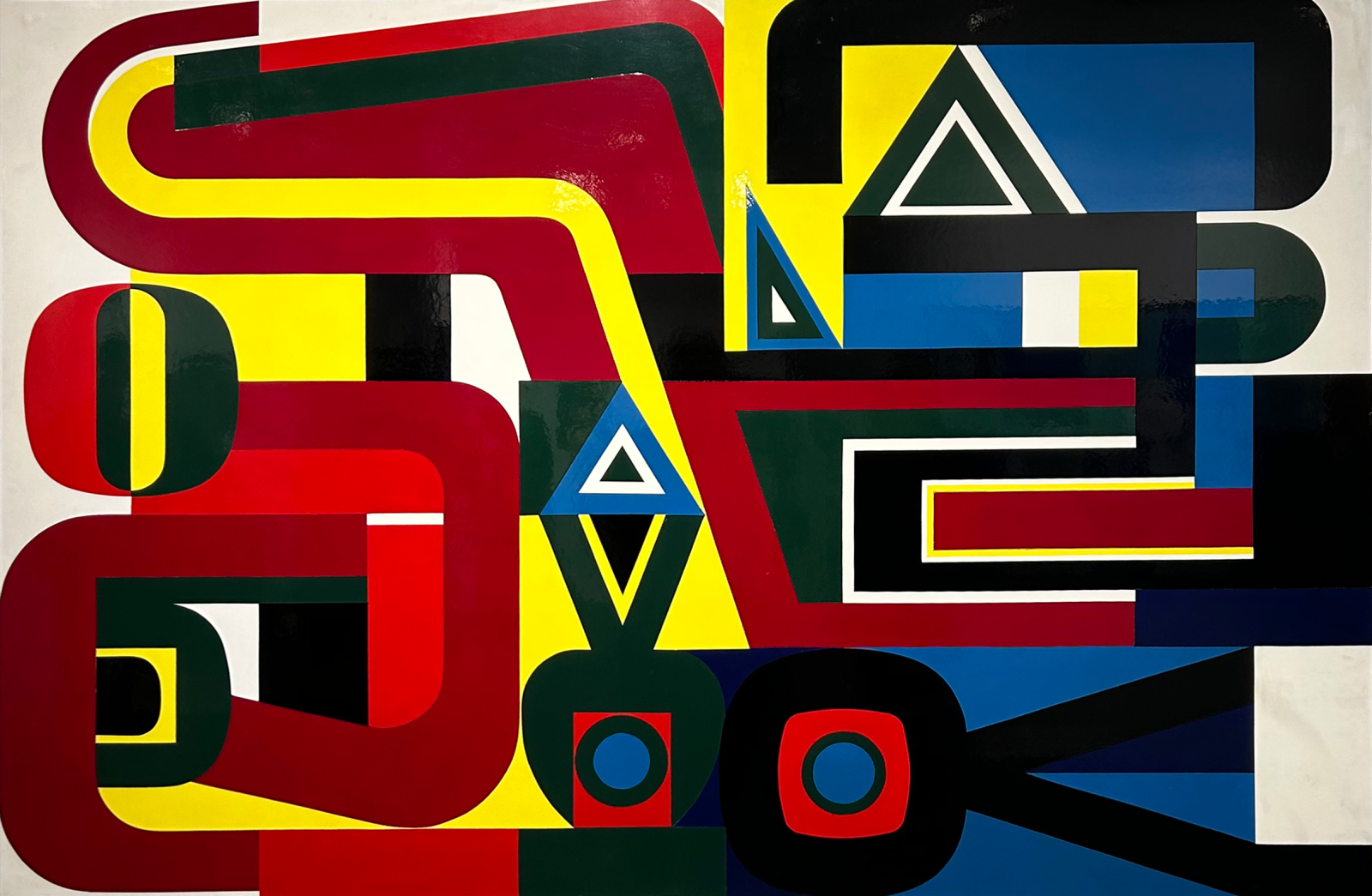
Jean Dewasne
Vent d’Est, circa 1960
Glycerophthalic lacquer on pannel
121 x 183 cm
Stamped on the back
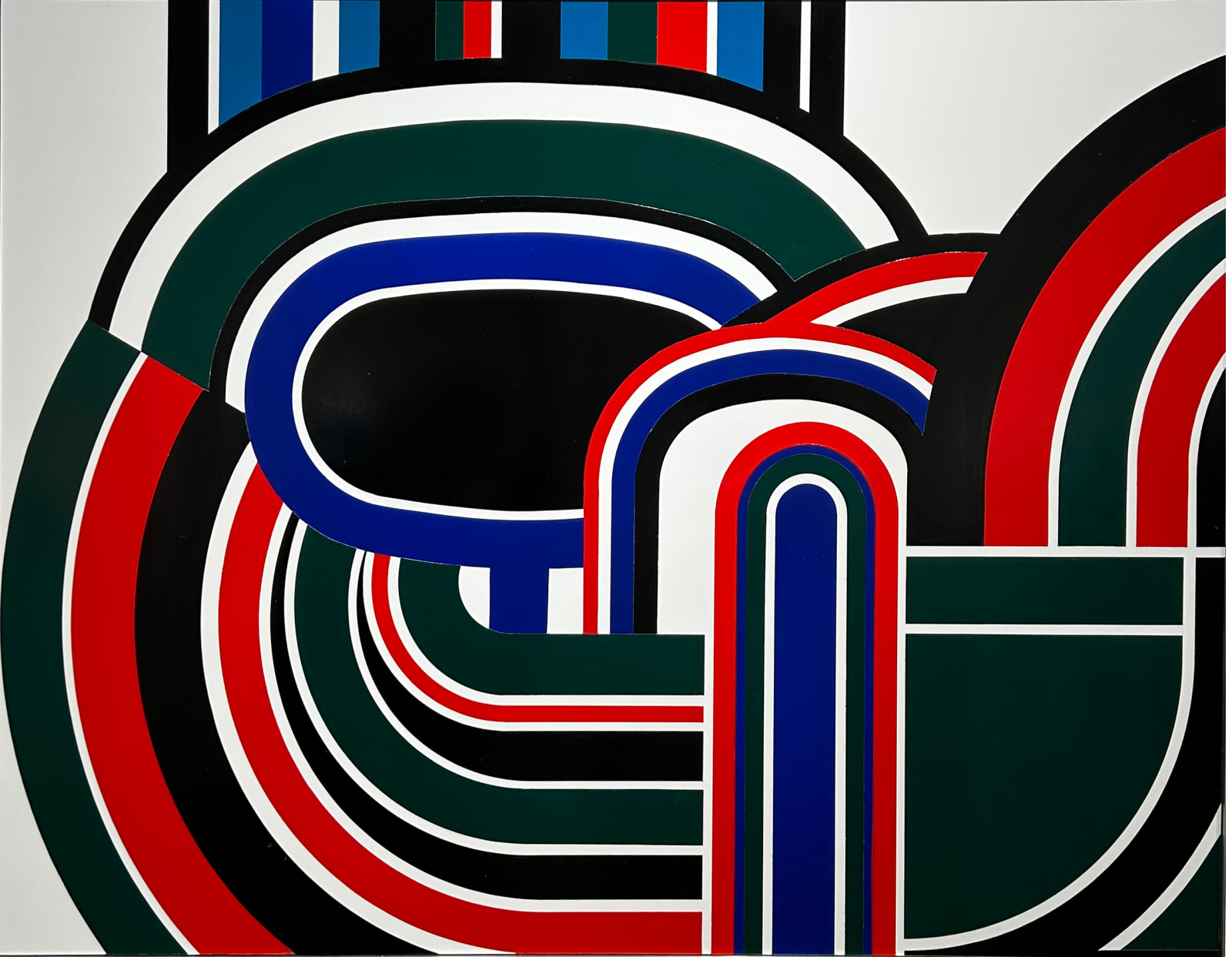
Jean Dewasne
Environnement Mythia I, 1971
Laque glycérophtalique
75 x 98 cm
Signé, daté et incliné
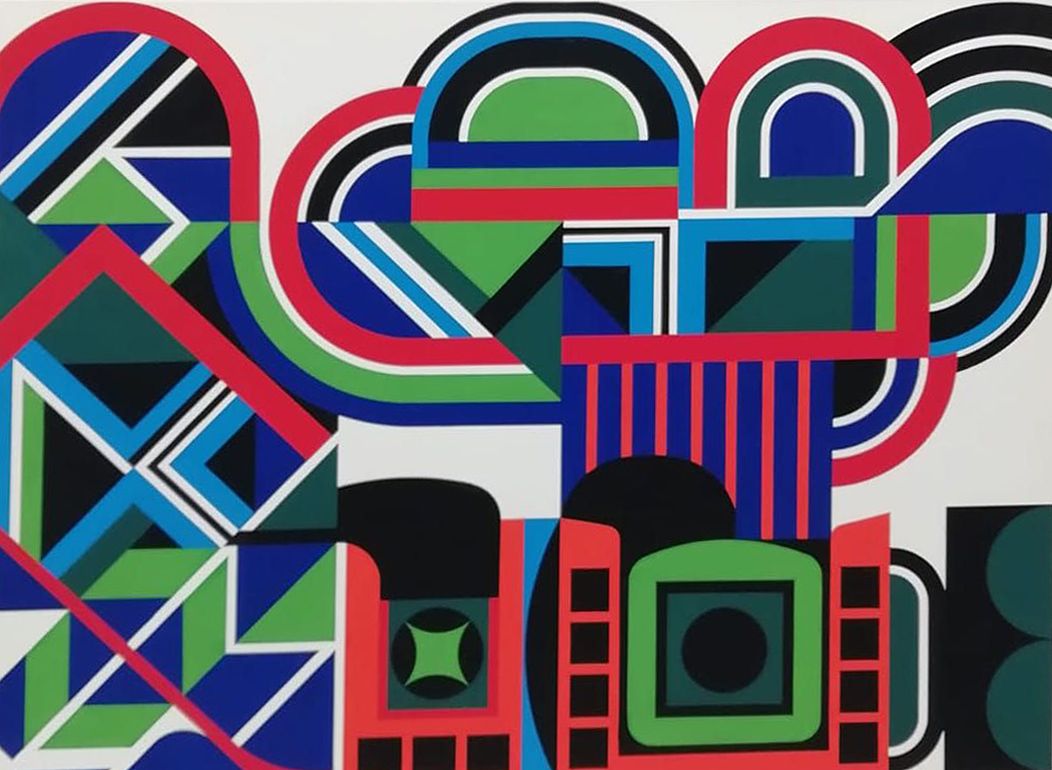
Jean Dewasne
Composition, circa 1970
Gouache sur carton
50 x 65 cm
Signée au dos
Some of the works depicted are no longer available.
Biography
Jean Dewasne, a leading member of the " Abstraction Construite " movement, as he calls it, theorizes free painting, transcending all figurative constraints, a painting rich in forms and colors with a universal language. Many of his writings can be found in the most avant-garde magazines of the post-war years, which earned him great recognition from institutions and critics.
Dewasne focused his teaching on the "Technology of painting", which consists of the study of color chemistry, the theory of vision, physiology, and colorimetry. He has two ways of understanding color: "light color" and "material color". His priority is to capture the maximum intensity of color while maintaining the principles of topology.
Jean Dewasne began writing the " Traité d'une peinture plane " at the age of 30, a major and most penetrating text on pictorial aesthetics, a plea for a free painting, transcended by any figurative constraint, a painting rich in forms and colors with a universal language.
Public Collections
Centre G. Pompidou , Paris, Musée d'Art Moderne de la Ville de Paris, paris, Musée de Grenoble, France, La Grande Arche de la Défense, Paris, Musée Départemental Matisse, Le Cateau-Cis, Musée de Cambrai , Cambrai, Lieu d'Art et d'Action Contemporaine, Dunkerque, Museum of Modern Art, New York
